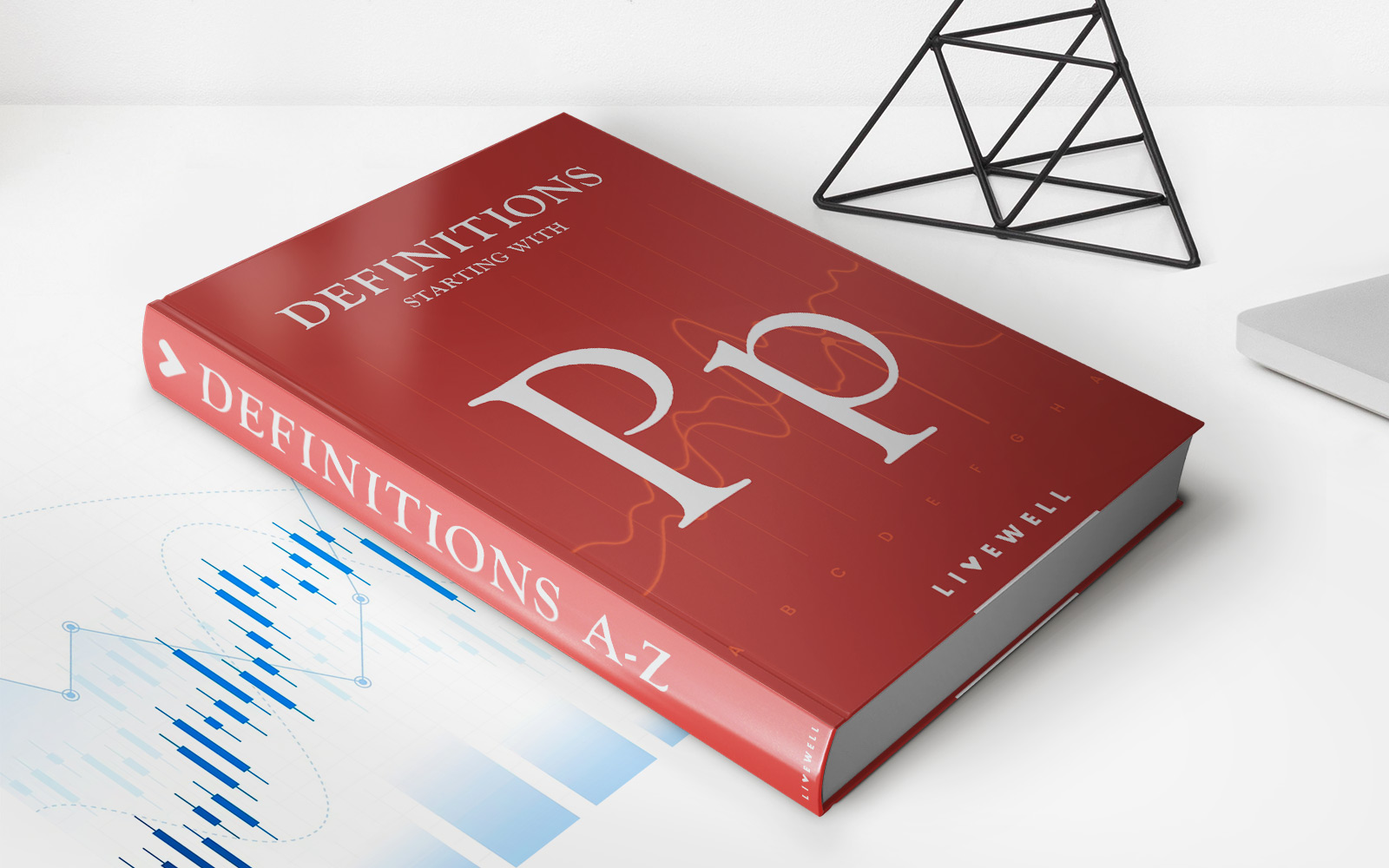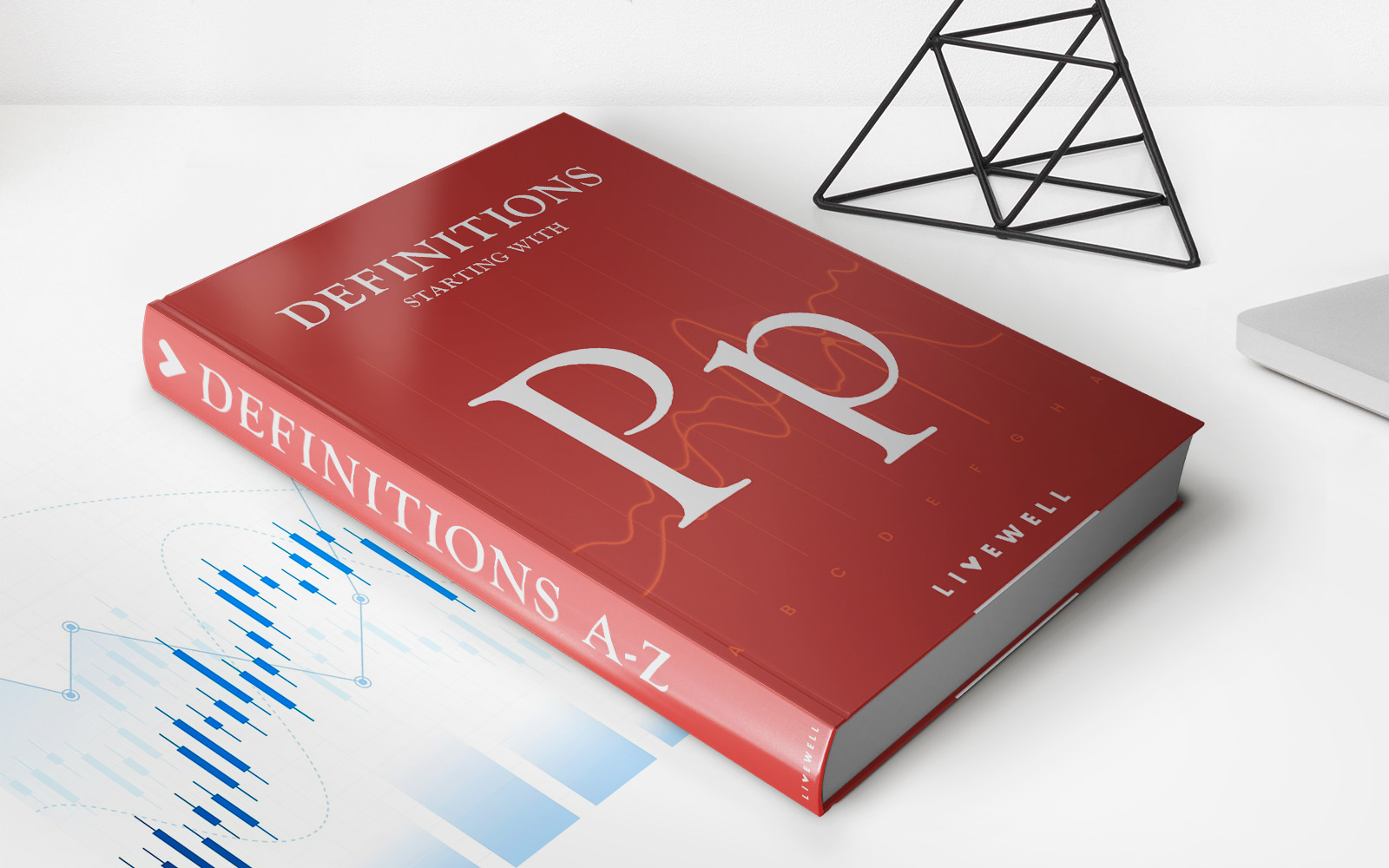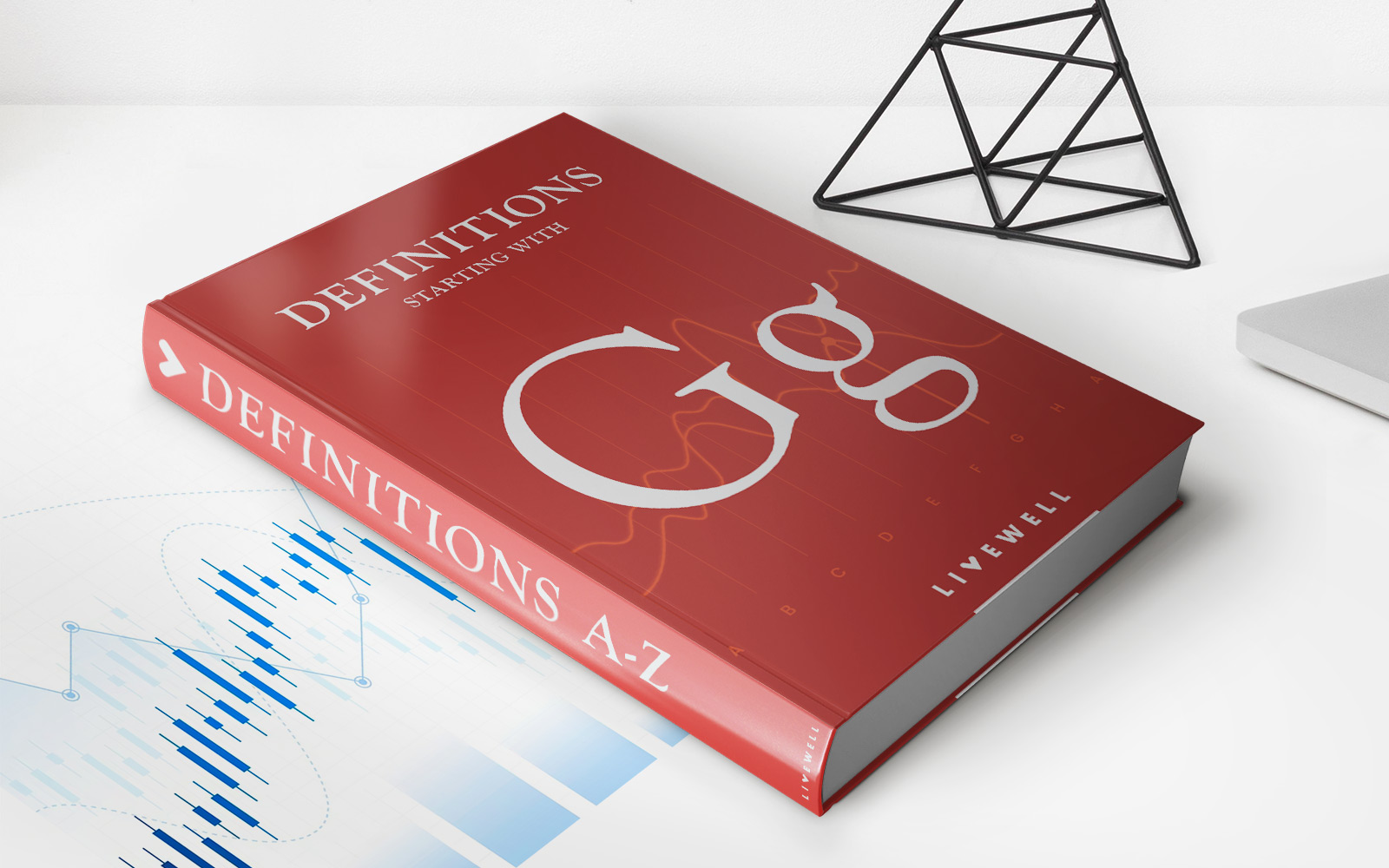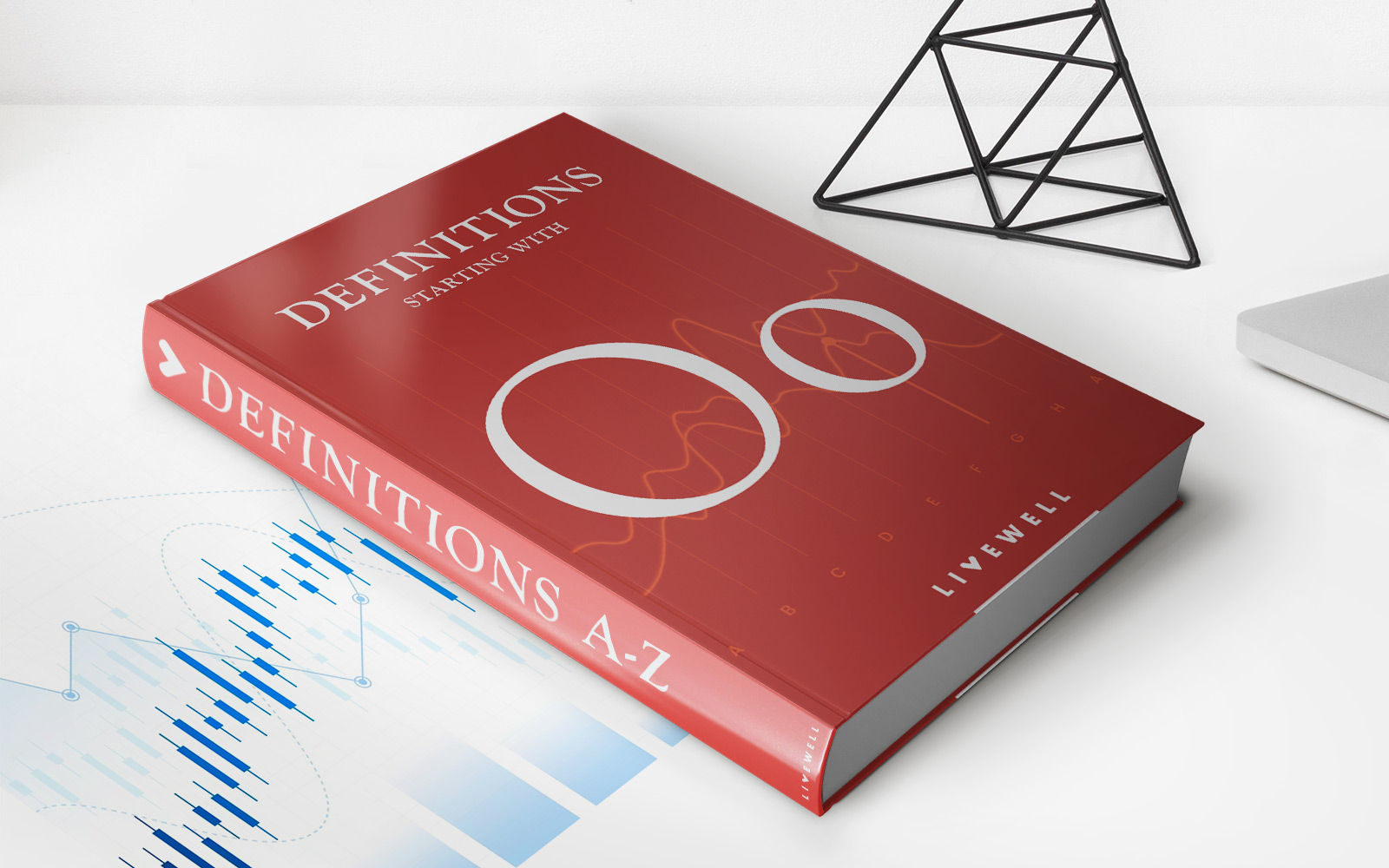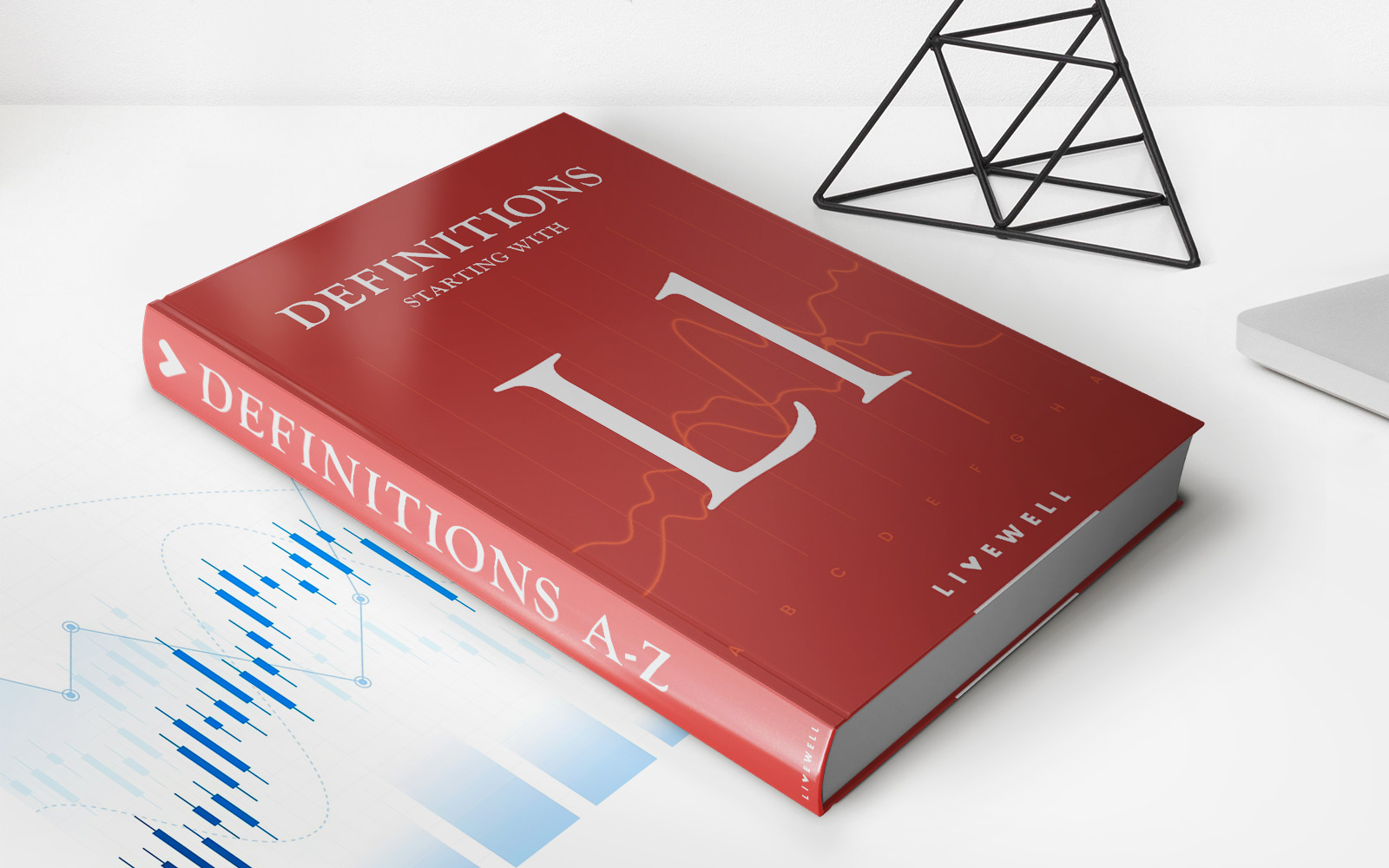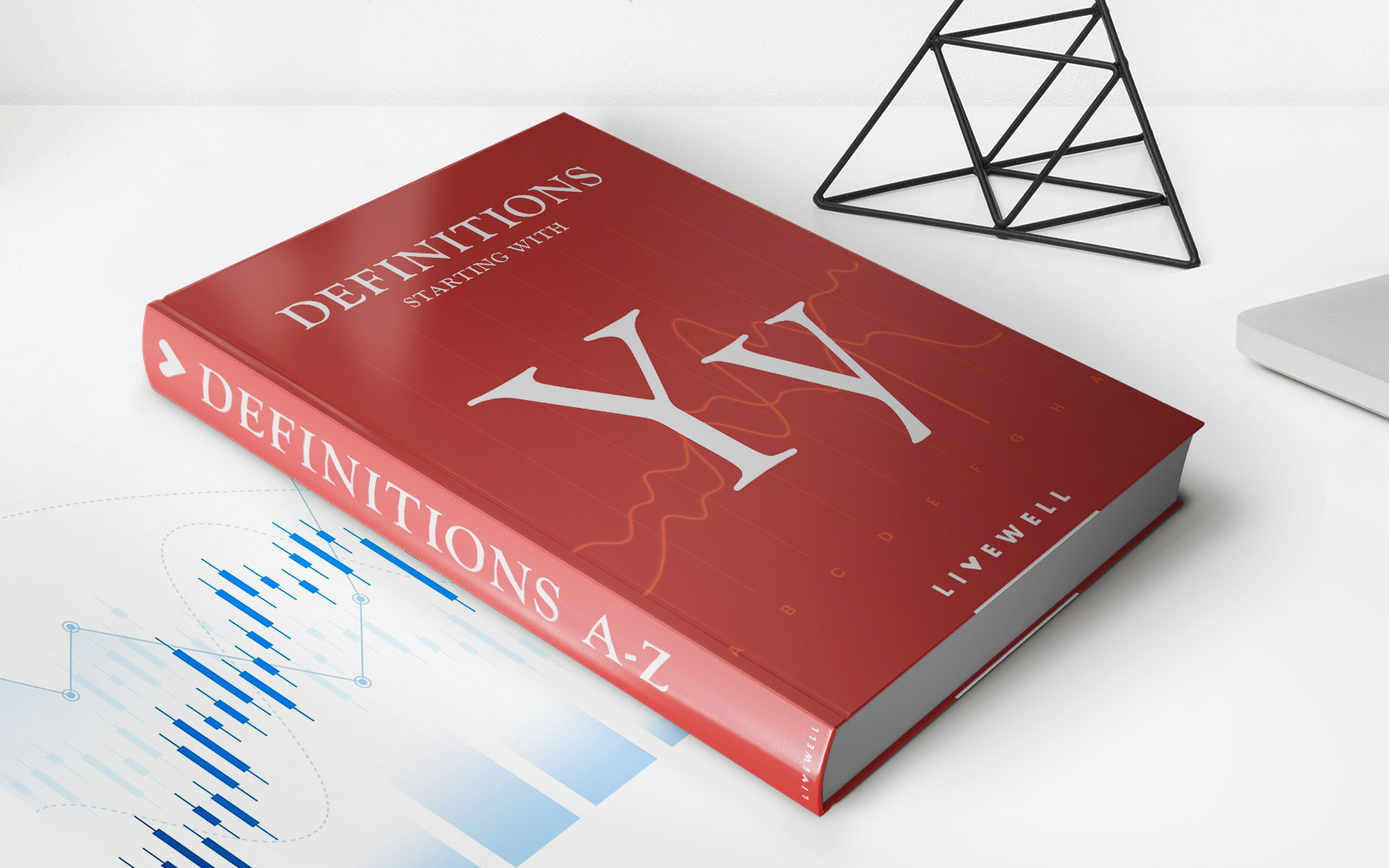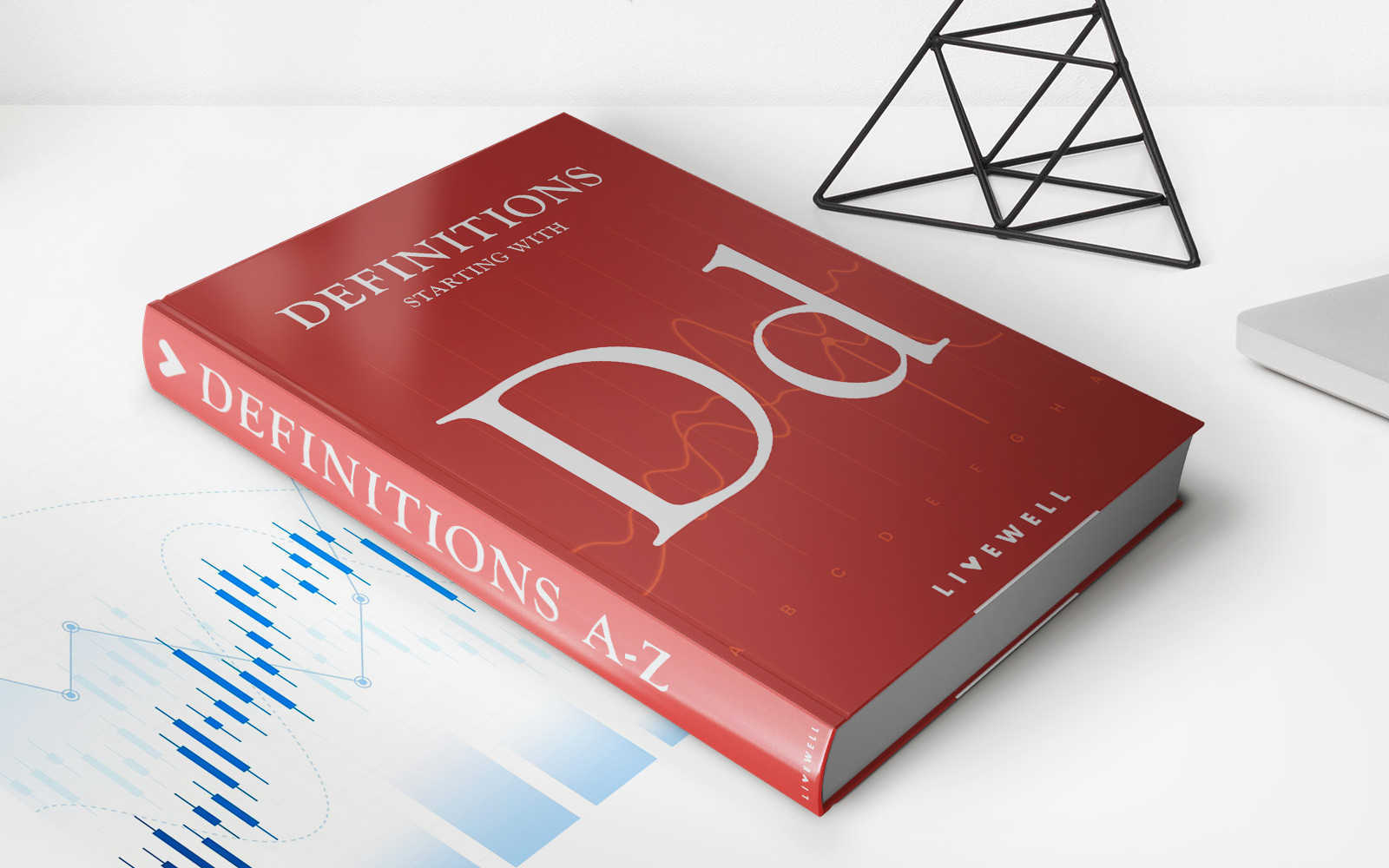Home>Finance>Price-Cap Regulation: Definition, How It Works, And Examples
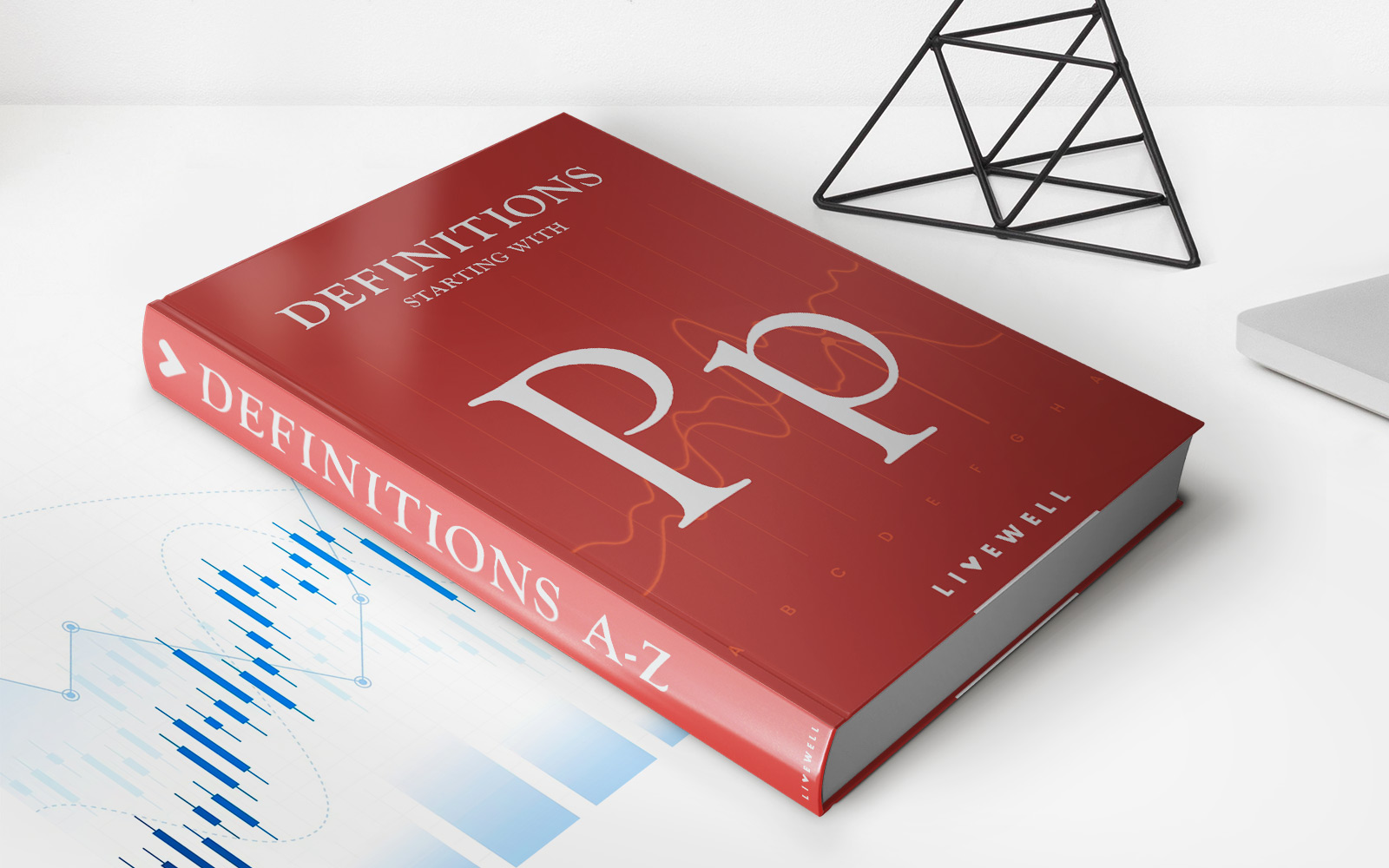

Finance
Price-Cap Regulation: Definition, How It Works, And Examples
Published: January 11, 2024
Learn how price-cap regulation, a key concept in finance, is defined, how it works, and see real-life examples. Gain a deeper understanding of this crucial financial term.
(Many of the links in this article redirect to a specific reviewed product. Your purchase of these products through affiliate links helps to generate commission for LiveWell, at no extra cost. Learn more)
Price-Cap Regulation: Definition, How It Works, and Examples
Are you familiar with price-cap regulation and its impact on the finance industry? If you’re looking to understand the concept and how it works, you’ve come to the right place. In this blog post, we’ll explore the ins and outs of price-cap regulation, providing you with a comprehensive overview and real-world examples to enhance your understanding. Let’s dive in!
Key Takeaways:
- Price-cap regulation is a government or regulatory body’s attempt to control prices in industries deemed essential to the public interest.
- It involves setting a cap on the maximum prices that regulated companies can charge for their products or services.
What is Price-Cap Regulation?
Price-cap regulation is a regulatory approach used by governments to control prices in industries they consider crucial for the public interest, such as utilities, telecommunications, and transportation. The objective is to strike a balance between protecting consumers from excessive prices and allowing companies to earn a fair return on investment.
Under this regulatory framework, the government or a regulatory body sets a cap on the maximum prices that regulated companies can charge for their products or services. The cap is typically determined through a formula based on factors like inflation, productivity improvements, and specific industry conditions.
How Does Price-Cap Regulation Work?
Price-cap regulation operates on a regulatory cycle that typically spans several years. The process involves the following steps:
- Establishing a baseline: The regulatory body sets a price cap for the initial period, taking into account the financial standing of the regulated companies and their operating costs.
- Periodic reviews: The regulatory body regularly reviews the price cap, usually every few years, to assess whether adjustments are necessary due to changes in market conditions, technology, or other relevant factors.
- Adjustments: If deemed necessary, the regulatory body adjusts the price cap based on predetermined formulas that consider factors like inflation, productivity improvements, and changes in efficiency levels.
- Monitoring and enforcement: The regulatory body keeps a close eye on the regulated companies to ensure compliance with the price-cap regulation. Companies that breach the cap may face penalties.
Real-World Examples of Price-Cap Regulation
Price-cap regulation has been implemented in various countries worldwide, impacting sectors such as telecommunications, energy, and transportation. Let’s take a look at two compelling examples:
1. Telecommunications:
In the United Kingdom, price-cap regulation was introduced to regulate the telecommunications industry. Ofcom, the regulatory authority, has set price caps on wholesale charges for broadband and fixed-line phone services. These measures aim to promote fair competition, protect consumers, and ensure affordable access to essential communication services.
2. Energy:
In Australia, price-capping has been implemented in the electricity sector. For instance, the Australian Energy Regulatory (AER) sets price caps to limit the maximum amount electricity network companies can charge for delivering electricity to consumers. The aim is to strike a balance between maintaining reliable energy supply and preventing excessive price increases.
Conclusion
Price-cap regulation plays a vital role in balancing the interests of consumers and regulated industries. By setting a cap on prices, these regulations aim to ensure affordability, promote fair competition, and safeguard essential services for the public. Understanding price-cap regulation is essential for anyone involved in the finance industry or interested in the dynamics of regulated sectors. We hope this blog post has provided you with a clear overview of price-cap regulation, its workings, and real-world examples.


